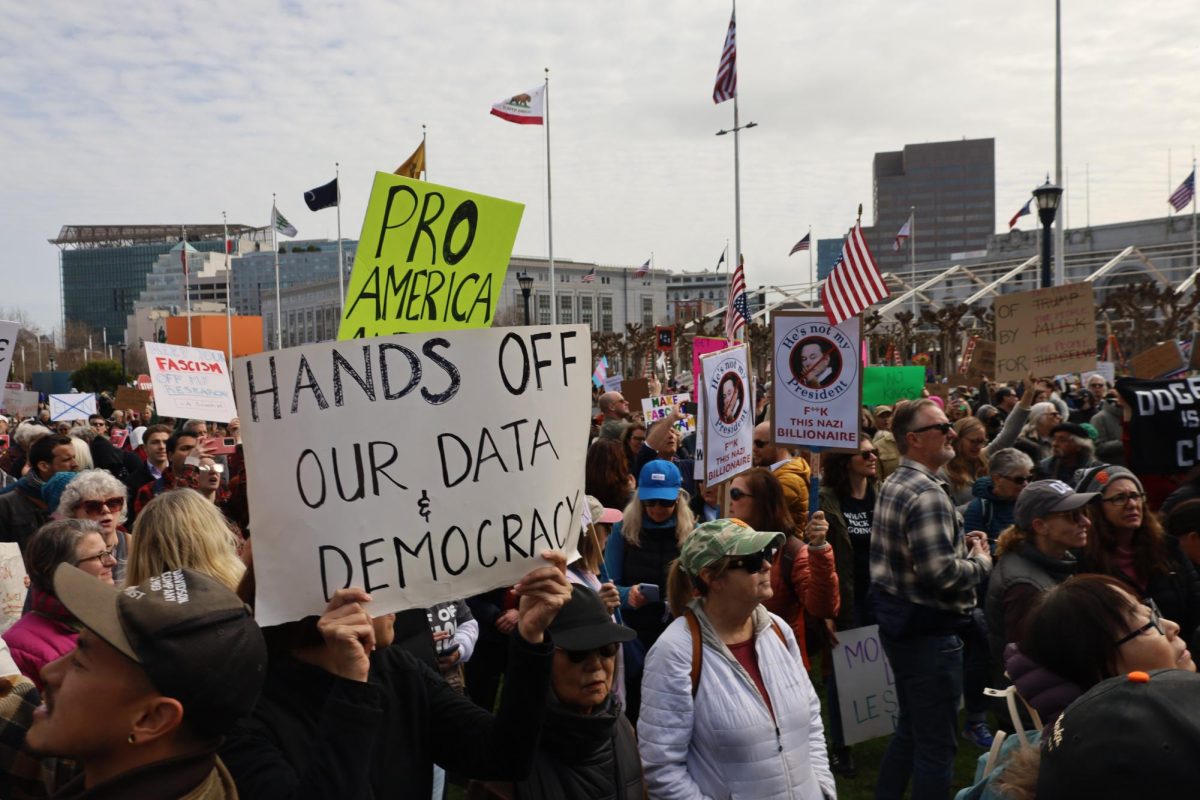SF State currently has no psychiatrist on staff to write prescriptions for students despite yearly increases to the student health fee to increase mental health staff and services.
SF State students lobbied the administration in 2012 to raise the mandatory student health fee to increase mental health services on campus over the next five years, which included increasing the number of psychiatrists at Student Health Services from one to two. SHS now has none, the administration confirmed.
Andrew Castillo, the president of the Student Health Advisory Committee, said that while the student-run organization has been successful in campaigning for student access to regular healthcare, it is still fighting the budget for mental health funding, despite the passing of the referendum three years ago.
“(SHAC) is still advocating for healthcare for mental issues,” Castillo said.
The fee increases were intended to augment counseling and psychiatric services by decreasing wait time, increasing the response to suicidal and violent behavior, providing greater availability of short-term individual and group counseling and enhancing counseling services for students living on or near campus, according to to the Spring 2012 Student Fee Referendum.
By definition, a referendum is a general vote by the electorate on a single question that has been referred to them for a direct decision. In this case the decision was whether or not to hike the student health fee, which at the time had not been raised for eight years.
The referendum suggested hiring 12 additional medical and counseling staff. As of February, at least 10 of the 12 staff positions recommended to be filled by 2016 remained vacant, according to internal documents obtained by the Golden Gate Xpress.
The documents further revealed that as of February, SHS and CPSC had lost staff positions since the referendum plan’s creation in 2012.
The documents were circulated by the Task Force on Enhancing Student Access to High Quality Mental Health Service, which was convened by Associate Vice President Eugene Chelberg after the resignation of both staff psychiatrists in SHS. The goal of the task force was to hire and retain staff promised to students through the student referendum, according to the documents.
“Of the twelve new staff positions proposed to be created if the fee increase were successful, we planned for and filled ten positions over the past few years,” Chelberg said in an email. “As often happens, staff come and go. We are working to refill four of the new staff positions.”
Inquiries to Chelberg to clarify why the number of staff positions he provided were incongruous with the February task force findings were not returned.
The referendum plan called for two psychiatrists to be on staff at SHS by 2016. Students currently in need of psychiatric care or the prescription of medication are referred elsewhere- yet one-third of SF State students lack insurance, according to the task force documents.
The referendum was approved by former SF State President Robert A. Corrigan in 2012 in compliance with a California State University Executive Order 1053 issued in 2010 by Chancellor Charles B. Reed, which authorizes campuses to increase an existing health services fee to support student mental health services.
The executive order states that the “revenue from the Mental Health Services Fee or from a rate increase to the Student Health Services Fee for mental health services shall be dedicated to support mental health services operations.”
The order also states that “these services shall include accessible, professional mental health care; counseling, outreach and consultation programs; and educational programs and services.”
SF State student health fees have increased from $111 to $149 per semester since 2012, and according to the Student Fee Referendum, will further increase over the next two academic semesters to $157 per student.
SF State has maintained a student population of around 30,000 students per school year since the referendum passed. If every student paid the $38 increase thus far, this would indicate SHS has received $1.14 million in additional revenue for mental health services and would receive an estimated $1.38 million by 2017. According to the task force documents, 95 percent of the student health fee is to be used toward SHS staff salaries and benefits.
“As of May 2015, we have begun to restructure our health and prevention education efforts into a new Health Promotion & Wellness unit– this represents a reinvestment of existing Student Health Fee funds,” Chelberg said in an email. “The new interim director and health and prevention education faculty/staff will be using the summer to engage in a deep rethink of our education and outreach efforts to ensure that students are getting the best health-related information when and where they need it.”
Luoluo Hong, Vice President for Student Affairs and Enrollment Management, who oversees the three units supported by the student health fee—Student Health Services, Counseling & Psychological Services and Prevention Education/Health Education—issued a statement that said she was “reviewing the terms of the referendum which was passed and determining the action plan for ensuring that we honor our commitments.”
Hong was not employed by SF State when the referendum passed and said she was unfamiliar with the referendum.
“It is important to recognize that staffing needs may change over time in response to shifts in student needs or external mandates,” Hong said in the statement. “For example, Title IX and the requirement to provide comprehensive sexual violence prevention education was not in place at the time the referendum was passed.”
The administration was unable to provide information regarding the Health Promotion & Wellness program, whether a reinvestment of fees referred to idle fee revenue, the cost of comprehensive sexual violence prevention education, nor how much revenue has been generated from the student health fee increases.
In addition to staffing two psychiatrists at SHS by 2016, the referendum called for a prevention education specialist, a case manager/Safe Zone coordinator, a health educator to enhance variety of prevention and outreach services, a post-doctoral training program with two post-doctoral staff and a licensed vocational nurse, among others.
The task force documents state that funding intended for the licensed vocational nurse “apparently…went to add a (medical assistant) and to increase hours for two part-time (registered nurses)” and that it was “very unclear what happened” in the hiring of a human resource specialist.
One health educator and one prevention education specialist each were hired but resigned, and one case manager had been hired but retired, according to the documents.
Kinesiology student Nick Tracy said he supported the increase in mental health services, but found the funding issues upsetting.
“The money was intended to go toward funding more staff, so that people who need support can have someone they can reach out to,” Tracy said. “The money meant for that shouldn’t be able to be used elsewhere. At the very least, the current staff shouldn’t be decreasing, and where the funding is going needs to be made clear.”







polly 71 • Jul 29, 2015 at 5:26 am
Without a doubt health services in university play a significant role. They support students’ health and, if necessary, provide them with a first aid. Nevertheless, I think online services helping college students to accomplish their home assignments are important as well. By the way, services offering to students a professional writing help (MyAdmissionEssayWriting Service, for instance) are very popular among those who study in colleges. That’s because accomplishing writing papers sometimes becomes a real problem. And I am sure there is nothing bad in using such services!